I have compiled some of my favorite activities to engage with your baby. These are developmentally appropriate ideas that promote motor development, visual skills, sensory perception and most importantly, foster connection with your little one.
You have heard that tummy time is essential for babies. I have a whole blog post about it here! But being on the tummy is important for years, even as your baby develops in a toddler. Engaging in games on the floor is so important for visual tracking skills, building the shoulder muscles, tactile discrimination on the hands, and bimanual coordination. So what can you do? There are so many great black and white high contrast cards and books that are available for babies that stimulate their visual discrimination.
And this soft mirror is always a favorite for babies to look at while on their tummies!
I always loved having a shallow basket available for my kiddos to explore while on their tummies. This serves a few purposes. First, it encourages reaching which requires a weight shift-exactly what kiddos need to do to crawl. Having various textures also increases tactile discrimination. And lastly, this basket encourages visual motor coordination and eye teaming skills! And I almost forgot, it is also great for building language and joint attention. Label the items as your child explores. Although they aren’t speaking words to you, this facilitates communication skills with another person.
Bubble wrap is a fun texture for your baby to explore while working on their “tummy time.” Be sure to tape it down and supervise your kiddo so that they do not pull it off and begin to mouth it. Babies are stronger than we think! The sound the bubble wrap makes when it is touched creates the beginning exploration of cause and effect. The texture will be novel for your kiddo and stimulate their tactile system.
This is another fun activity that also requires adult supervision at all times. Ping pong balls are so fun for your little one to attempt to crawl after. The sound and the erratic way in which they bounce are great ways to explore cause and effect, visual tracking, encourage crawling, weight shift and reaching!
These can be something a little one could choke on so you must be vigilant!
Exploring textures is one of the things babies love to do. Securing a piece of cellophane to their highchair tray is very entertaining for them. You can place an item underneath it for them to move around or even try this with a plastic zip-top bag to mix paints, move around an item in hair gel, play with water beads or other items that they would otherwise potentially put in your mouth.
*Again, although it is secure, be sure to supervise your child to ensure that they do not obtain a piece and place it in their mouth.
Empty containers, mason jar rings, wooden spoons… these are all great ways for your little one to explore cause and effect, bilateral coordination, developing their core muscles while sitting in a supported manner, reaching and weight shift! There is so much happening for them with a simple activity like this!
As your child gets older, one of the ways we want to see them progress through movements is the ability to squat. This is essential for moving from sit to stand and builds key muscle groups. Encouraging squatting with toys at different heights is one way. A fun activity is to save a canister like a coffee can and cut a hole in the lid. A coffee creamer container also works well for this! Next, have your kiddo pull off clothespins at a higher level or grasp Pom Poms or other various items and push or drop them into the container. This is great for learning cause and effect, tactile discrimination, problem solving, bilateral coordination and of course moving from standing to squatting!
This position on hands and knees is one of the movement progressions that is so important for kids. Continuing to engage your child to move into this position well into their toddler years provides so many benefits. This is a precursor to crawling but this is also how babies learn to use the two hemispheres of their brain, understand visual relationships, use the eyes in a coordinated manner, develop proprioception or awareness of the muscles and joints in the body, shift weight, build tactile perception, and most importantly, explore the world around them!
I love baby pools for so many things including a makeshift ball pit! You can cut up a pool noodle too and add it in for a different texture. I must caution however that if your kiddo puts the pool noodle in their mouth, they could take a bite out of it! You can also use a laundry basket for an easy ball pit! There are so many ways to work on bilateral coordination, label colors for your kiddo, roll a ball to them. As they get older, invest in a play parachute for even more fun and add the ball pit balls to the fun too!!!
It is important to note that while engaging your child in some of these various movements is important, it is also critical to observe them. Be aware of when they are overstimulated. This does not always mean crying. It could be turning away, grimacing, no longer exploring the objects. Babies have a very limited span for their attention to stimuli and being aware of their cues, talking to them, varying their position is critical to their sensory processing and building their own internal awareness of regulation and sensory needs.
Please share this if you know someone with a young one at home. And as always, reach out with any questions!

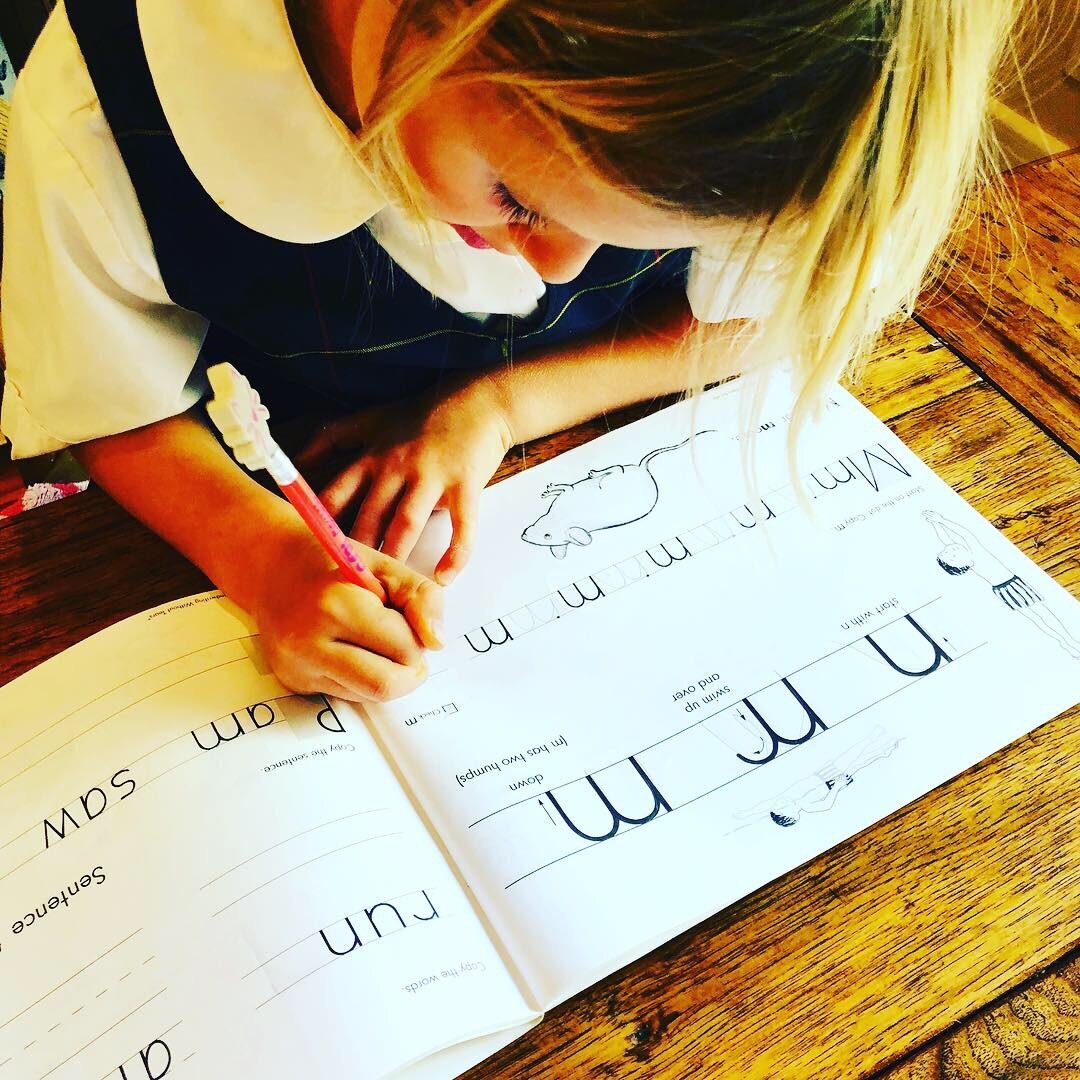






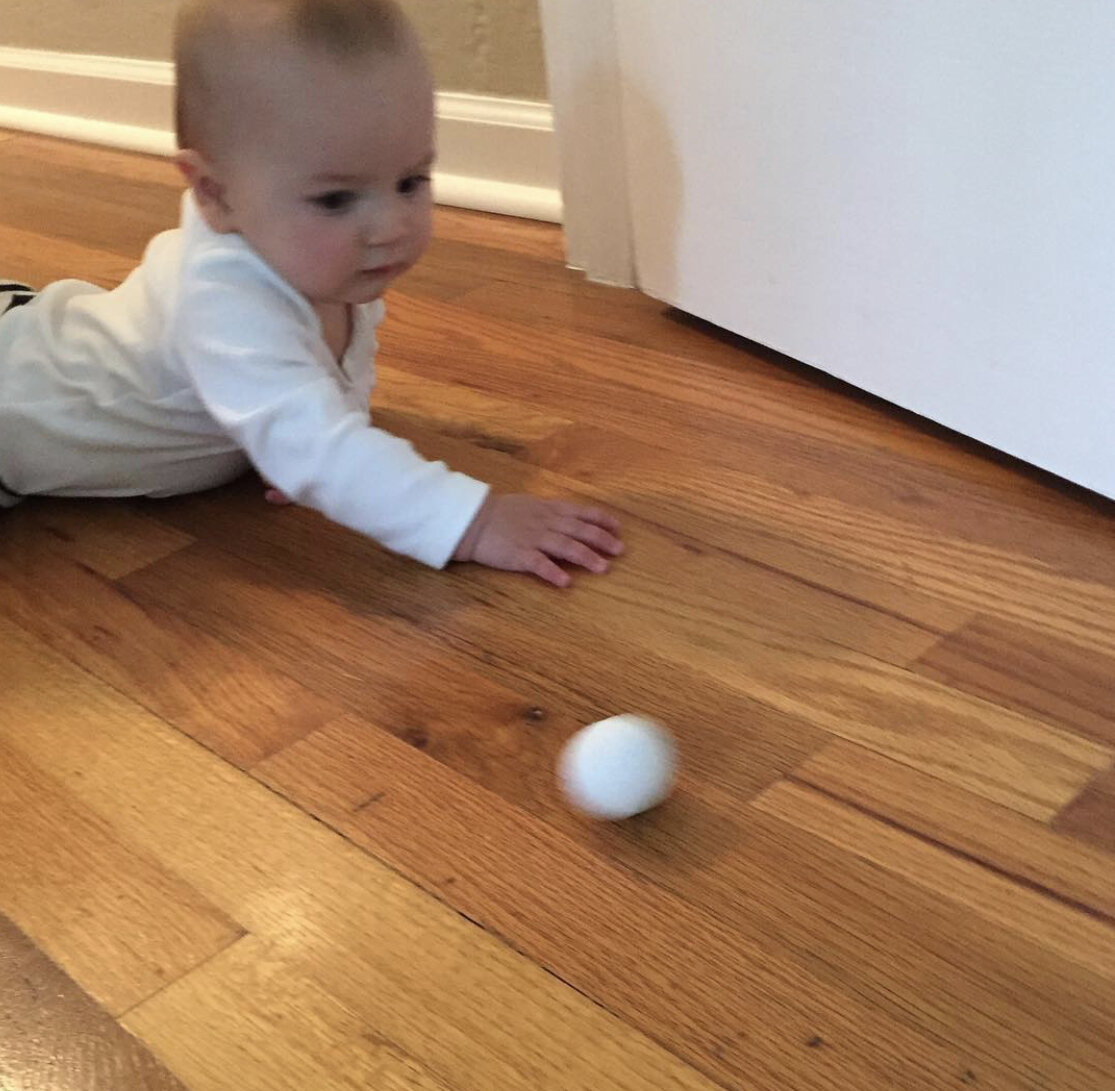





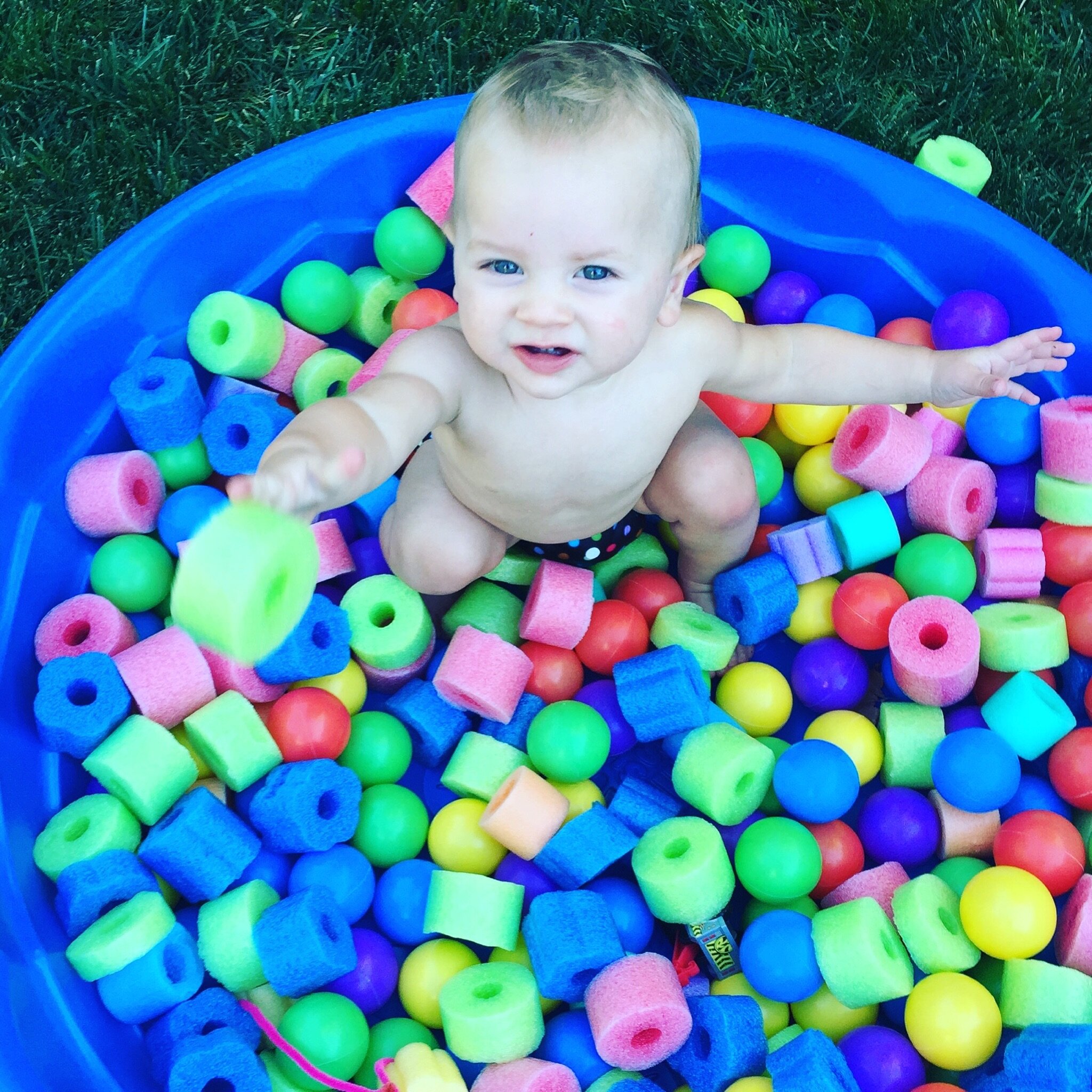









































































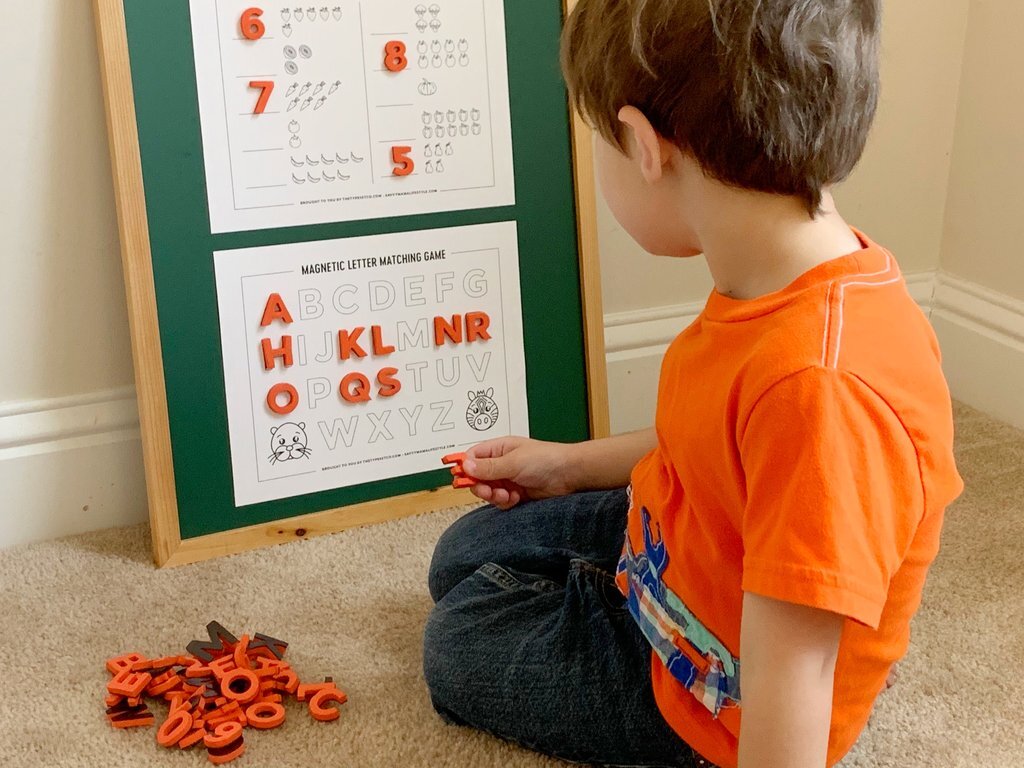





































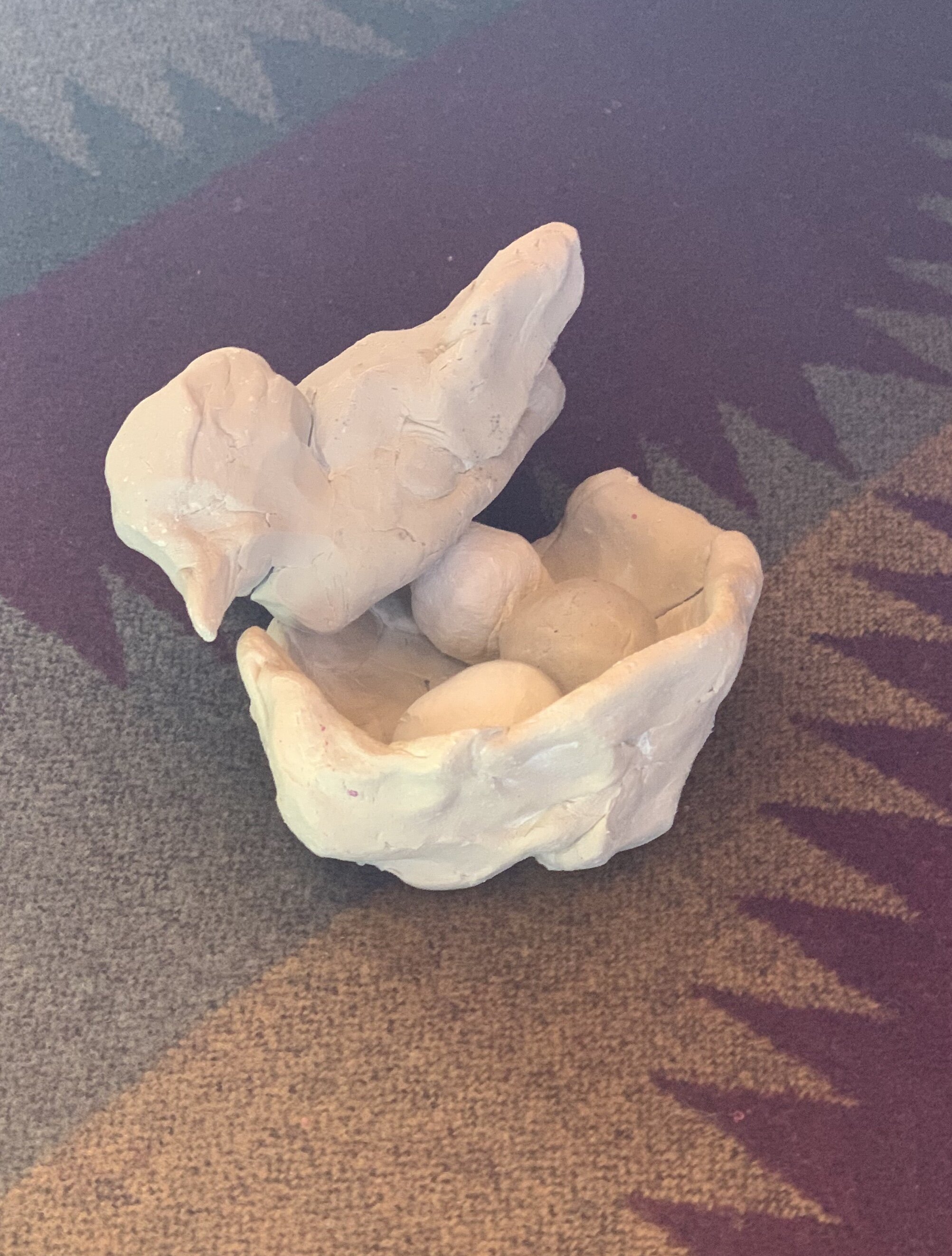




























































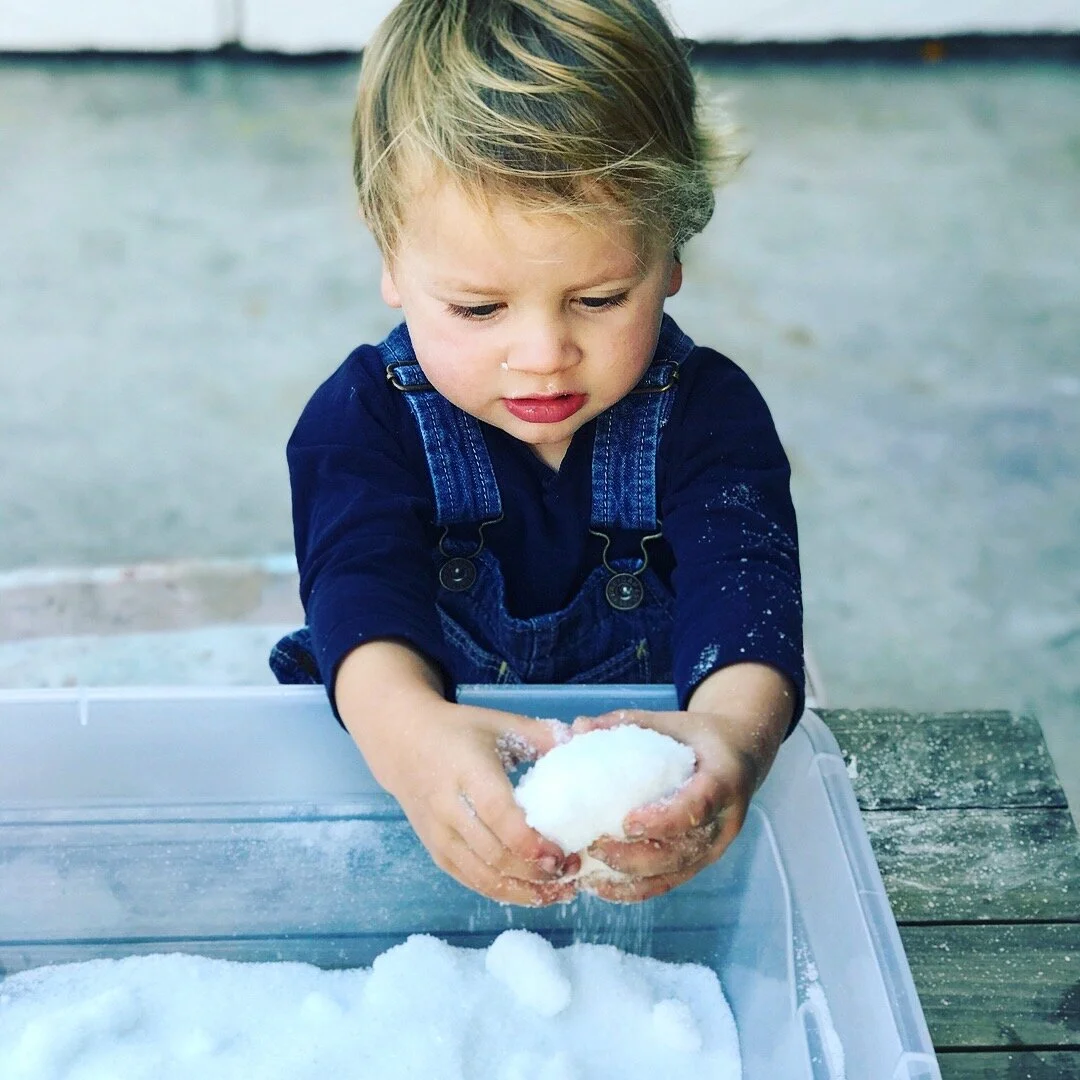


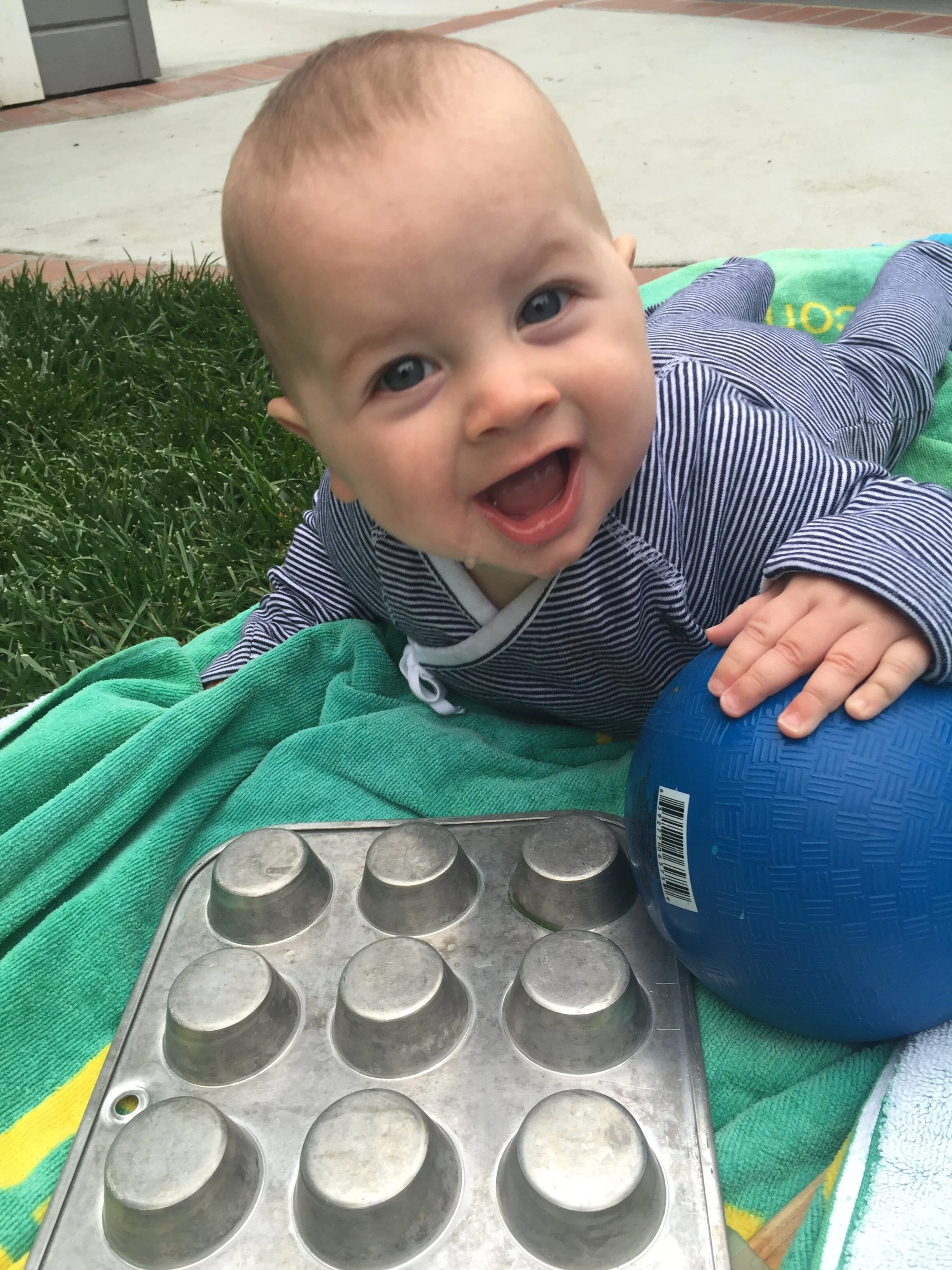
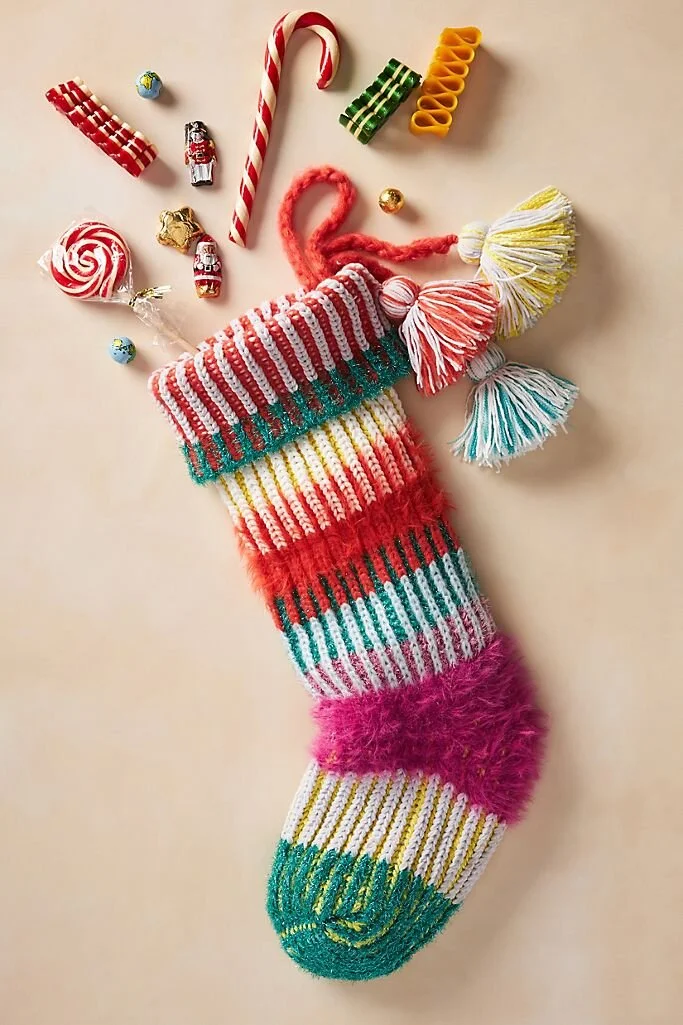
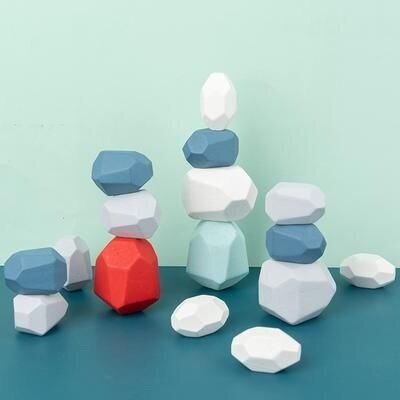


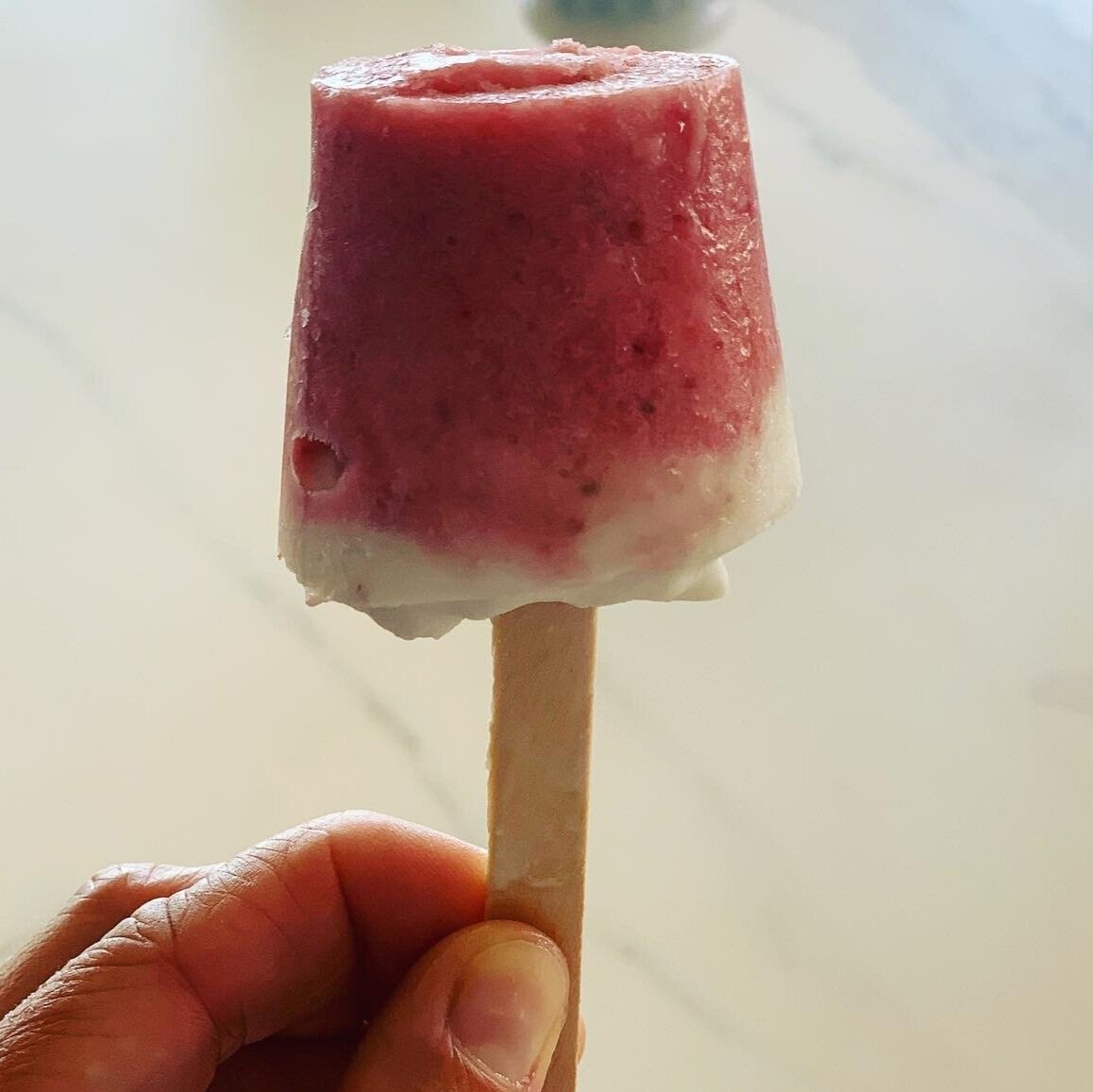





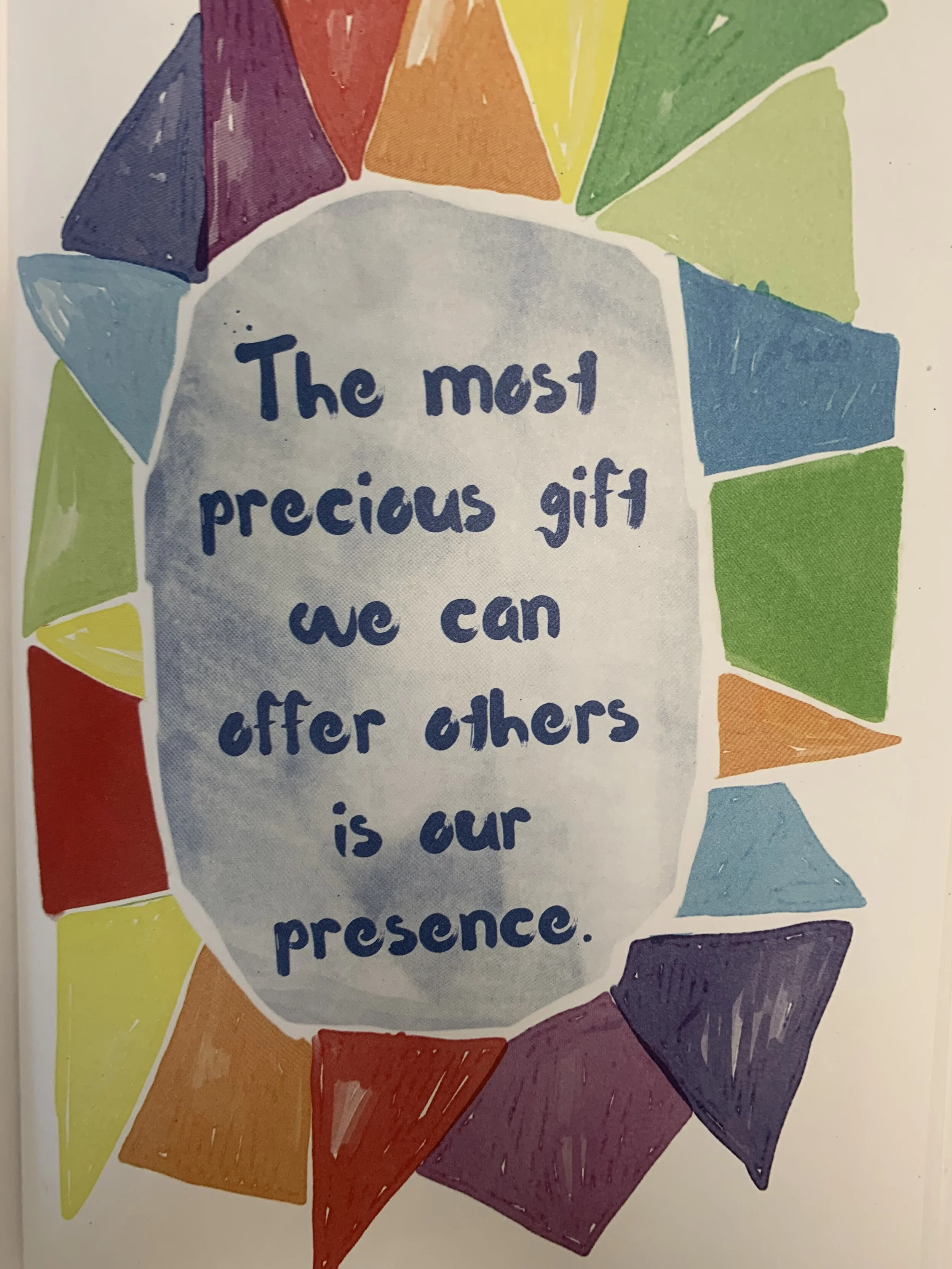
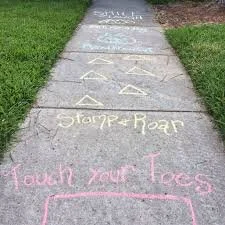
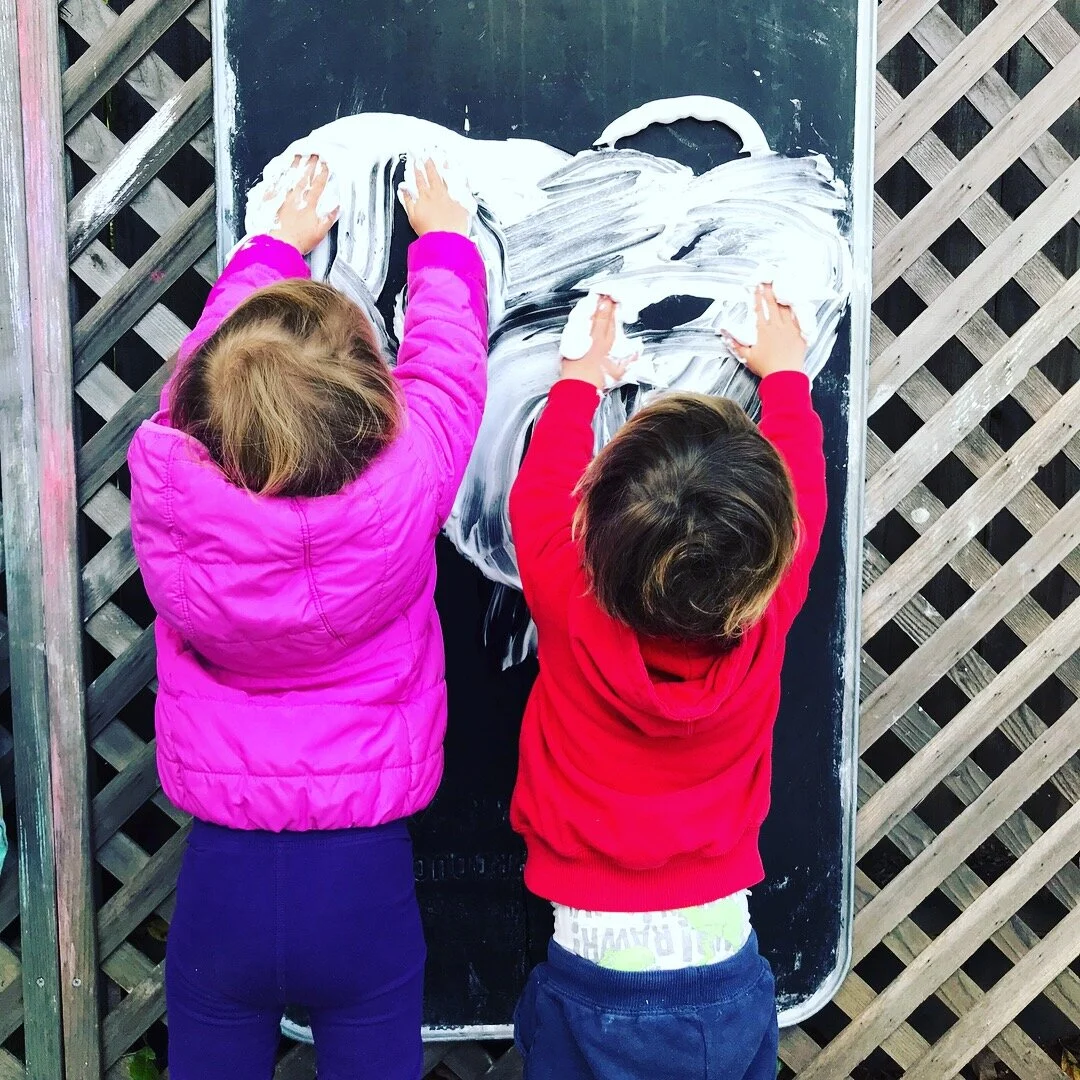
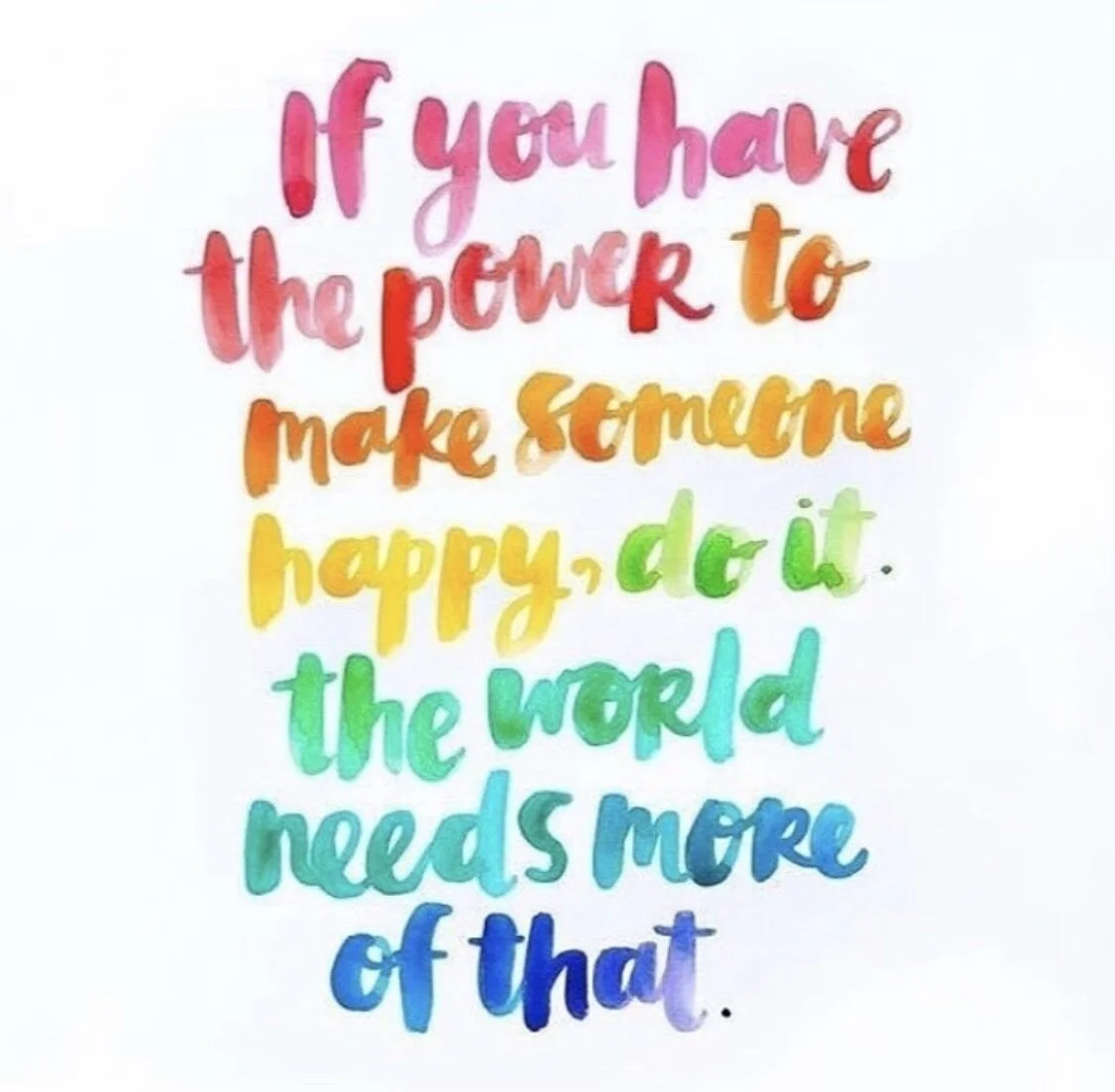
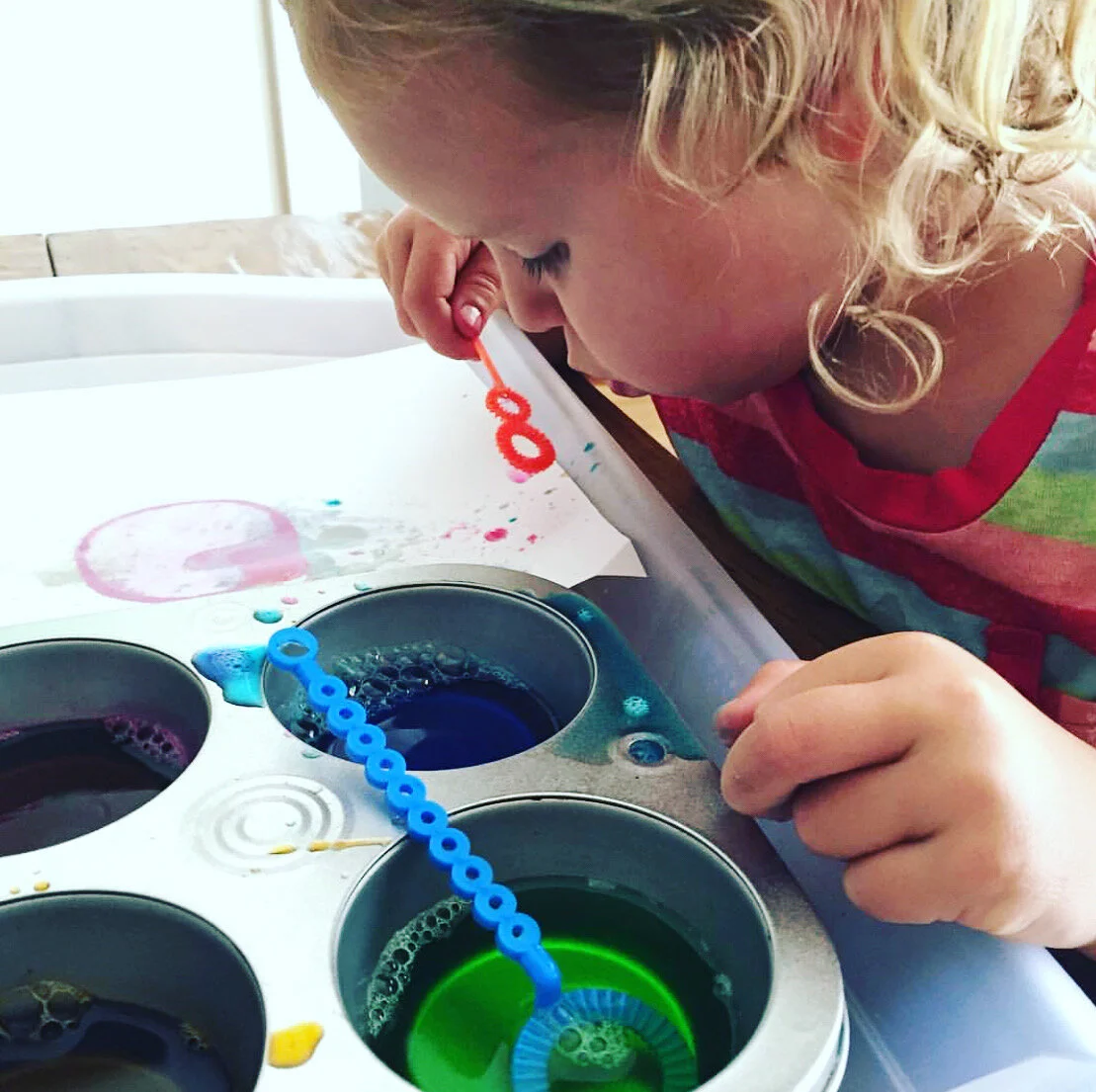


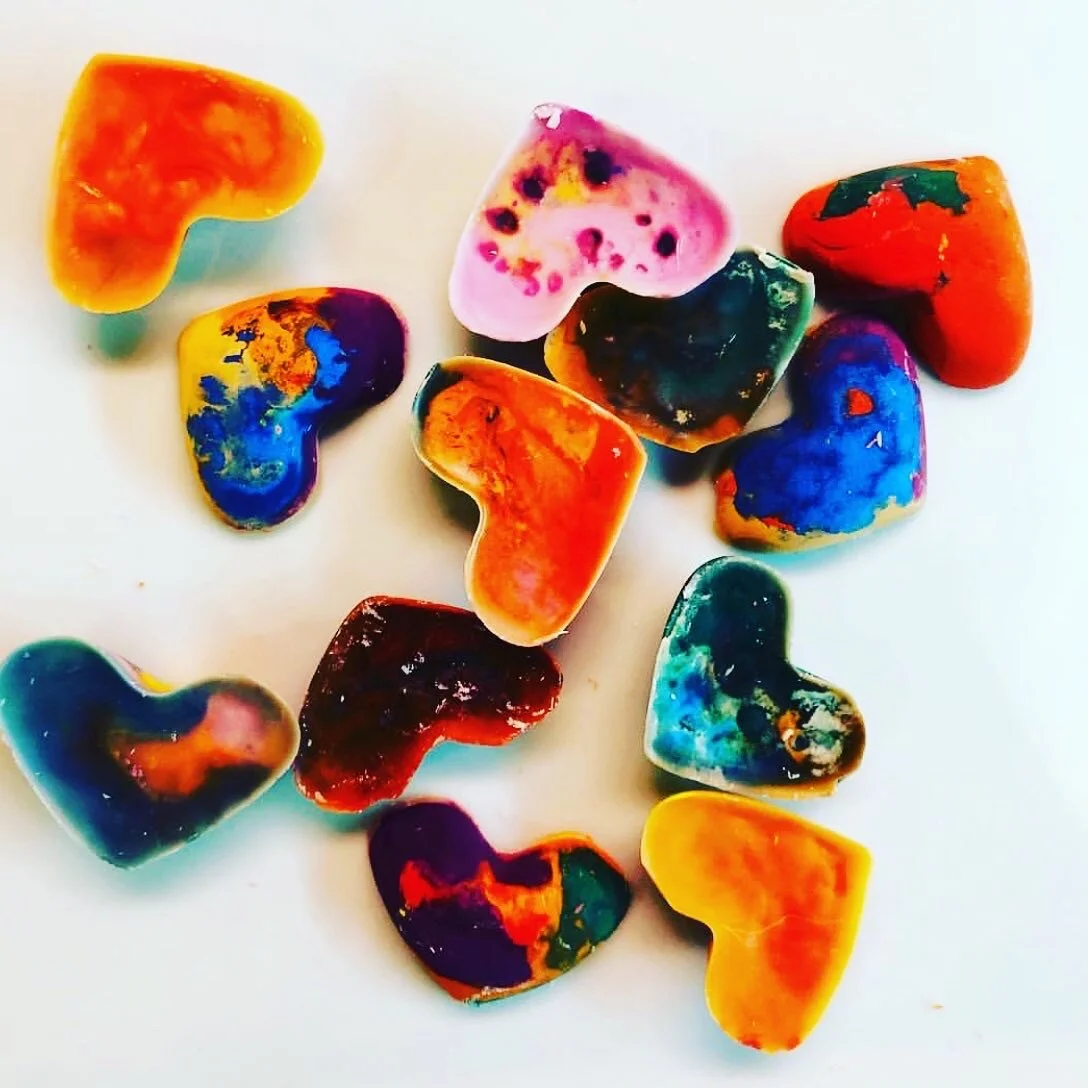
Check out some tips for helping your child with their pencil grasp.